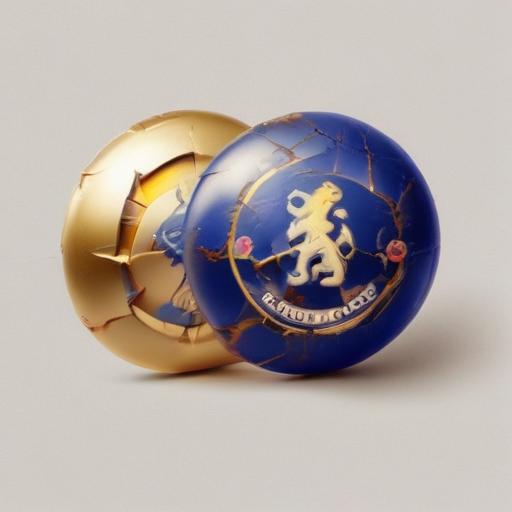Estêvão’s bold Chelsea debut: a badge kiss sparks debate on football’s display of affection across cultures
After scoring for his new club Chelsea, Estêvão celebrated by kissing the badge on his shirt repeatedly. The moment underscored not only a young player’s instant impact but also a broader discussion about how devotion and theatrics are read differently in football cultures around the world.
The essay opens with thoughts on love and lasting bonds, suggesting that the glamour of love at first sight often clashes with the reality that lasting affection is built over time. It notes that older, more skeptical readers tend to doubt the permanence of such feelings, while society remains captivated by dramatic demonstrations of passion. In football, a familiar pattern emerges: a newly signed player, celebrating a goal with an exuberant gesture, sometimes on first contact with the club, tends to kiss the badge long before learning all the teammates’ names.
The piece contrasts cultural temperaments, pointing out that Anglo-Saxon audiences are generally less expressive and demand greater sincerity and authenticity than Latin fans, who are known for more flamboyant demonstrations of emotion. It adds that Estêvão’s gesture was all the more striking because just weeks earlier he had celebrated with the badge of a rival club.
The narrative then turns to Estêvão himself. A humble youngster whose career has risen at a meteoric pace, he rose from Palmeiras to a multimillion-dollar contract with Chelsea at the age of 18, and he marked his first appearance with a goal. With little time to rehearse a more polished celebration, he followed the instinct that many Brazilian players show—reverberating pride by kissing the club badge on his shirt, which had been green until recently and had suddenly become blue.
Context and background are woven into the moment: Estêvão came to Chelsea after being recognized in his early career with an acclaim from FIFA in the under-20 category, illustrating a rapidly rising profile that has drawn attention from fans and pundits alike. The piece notes the contrast between his bold welcome to the Premier League and the quiet, measured expectations that some observers associate with European football cultures.
What this shows is how a single gesture can spark conversations about identity, culture, and the way young stars adapt to new leagues and audiences. It also hints at the excitement Chelsea fans might feel about a talented newcomer who arrives with a mix of showmanship and prodigious potential.
Summary of the article’s key points
– Estêvão, a Palmeiras-reared talent, signed with Chelsea and scored on his debut.
– He celebrated by kissing the Chelsea badge on his shirt, a gesture that drew attention to cross-cultural attitudes toward expressive celebration.
– The piece contrasts Latin passion with Anglo-Saxon restraint, noting the potential clash in interpretation.
– Estêvão has been recognized by FIFA in the under-20 category and arrived at Chelsea amid a high-profile transfer.
– The Chelsea kit’s color shift from green to blue during this period is noted as a symbolic backdrop to his arrival.
Additional value and analysis
– Context for Chelsea fans: this kind of bold, emotional celebration can endear a new signing to the fanbase and set a tone for his personality on and off the pitch.
– Cultural takeaway: the moment invites a broader conversation about how different football cultures perceive celebration, sincerity, and loyalty to a club.
– Potential future angles: tracking how Estêvão adapts to the Premier League’s pace, physicality, and tactical demands, as well as how this early moment influences his media profile and relationship with fans.
Helpful to readers
– Quick bio: Estêvão is a young prodigy who rose from Palmeiras and earned a multimillion-dollar contract with Chelsea at 18, with a FIFA under-20 recognition cited in his early career.
– Outlook: If he continues to channel his talent with the same intensity, he could become a defining figure for Chelsea in the coming seasons, while providing a lively narrative around his celebrations and media presence.
Note: The article presents a cultural perspective on a single moment in a high-stakes sport and uses that moment to reflect on how fans and observers interpret expressive displays of affection in football. It remains grounded in the reported facts of Estêvão’s debut, his background, and the surrounding cultural discussion.
